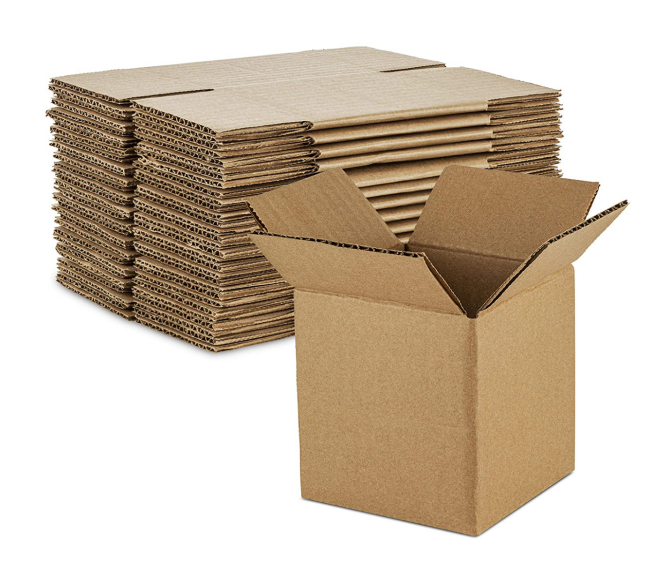Customize in HARMONY
To learn more about HPP
You likely handled some cardboard today without even realizing it. You will undoubtedly have used a product that was at some point conveyed using this material, even if you haven't.
We may take the availability of cardboard boxes for granted. We use cardboard boxes to pack gifts for loved ones during the holidays as well as when we move to a new residence.
However, have you ever considered what cardboard is? or how it was created? The process of making cardboard boxes is covered in more detail in this article.
What is the process used to create these strong boxes? They are described in the steps that follow:
A cardboard box is constructed of recycled materials, first and foremost. The flute and the liners are included in this. Even though the flute is sandwiched between two liners, both parts are usually made of recyclable cardboard.
However, virgin Kraft is still utilized for premium boxes. In actuality, though, whether the paper is recycled or not doesn't matter because it always began life as virgin paper, which is made from freshly pulped trees. However, a cardboard box must begin its life somewhere before being recycled.

The trees are where it all begins. Cardboard and paper are also produced using trees, as is well known.
Two different types of liners are used while making boxes; these are the materials that go on top and below the fluting to form the corrugated board.
Cardboard boxes often have a Kraft paper exterior layer and a test paper inner liner. This is due to Kraft's higher quality and smoother finish, which make it easier to print on than test.
Kraft paper must be created from softwood trees with long fibers, such as pine, spruce, and fir trees, to get this smooth texture.
Since softwood trees have lengthy fibers that can hold greater tension and build boxes that won't explode, they make the greatest cardboard. The fluted paper used between liners to make a robust board is likewise made from Kraft and Test paper.
Now that we are aware of the types of trees that are utilized, how do they become cardboard? The trees are first debarked, chipped, and then cut into logs. The trees are then either mechanically or chemically pulped.
Then, one of two procedures mechanical pulping or chemical pulping is applied to these chips.
The process of mechanical pulping involves pressing the debarked logs against a rotating stone to create a pulp, which is then used to separate the wood into individual cellulose fibers.
The pulp stone is sprayed with water to remove the fibers, but this only removes a small amount of the lignin (a non-fibrous component of wood) that bonds the fibers together and lowers the quality of the paper. Mechanical pulping, on the other hand, is inexpensive and produces a higher throughput.
Chemical pulping includes "heating" wood chips to separate the cellulose fibers from the raw material. Sulphite and sulphate are two types of chemical heating that both improve lignin separation and reduction to produce better-quality paper.
The fluting process starts when the chips are reduced to a brown raw material that will be used to create paper or cardboard.
The wavy piece of cardboard that is sandwiched between two pieces of square paper, or liners, is referred to as a fluting. The cardboard box's fluting makes it durable and robust enough to contain material.
The wavy piece of board sandwiched between the liners is called fluted cardboard, and it gives boxes their strength and impact resistance.
The cardboard box is sprayed with an adhesive to serve as a protector and to aid in assembling the finished product into the shape of a box after all the cardboard pieces have been properly fluted and lined. So there you have it: a straightforward product, a tricky procedure.
For further details on our product and services about our cardboard boxes, contact us.
After learning about the laborious process required to make cardboard, who wouldn't want to recycle their boxes?